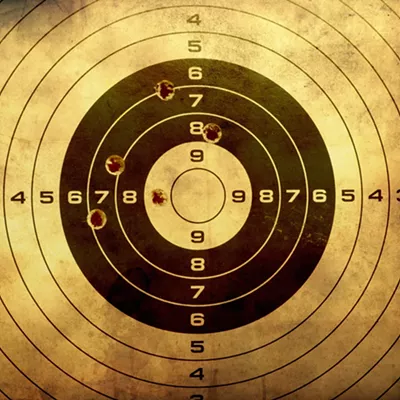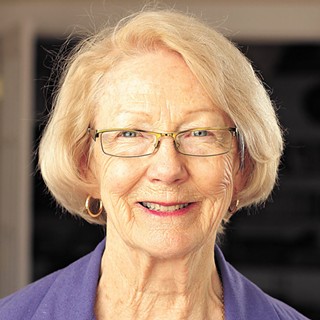Looking out my window, I drink in a delicious sunset with pink clouds floating over deep-blue mountains, set against an Alice-blue Lake Coeur d'Alene. But the shimmering beauty of the Coeur d'Alene setting just doesn't make up for my post-election letdown.
Beautiful scenery can't change hearts and minds, or produce better schools or roads and bridges.
I had hoped for a giant Blue Wave to drench our local elections here in North Idaho, and all we got was a firm Red Slap.
The local Kootenai County Democratic slate of candidates was so exceptional that hopes of winning were high. We met a rude awakening from our dream-on world. We wondered, as did Steve Cameron in the Coeur d'Alene Press, how Coeur d'Alene voters could embrace Proposition 2 to expand Medicaid, yet also reject the proposition's most enthusiastic proponent, Rebecca Schroeder, who championed the measure door to door throughout the city.
I can be accused of crying over spilled votes, and that I'm a poor loser, that the election is behind us, and I should get over it. All the above is true, and I will get over it. But it's also important to remind people that if they vote for the status quo, they will get the same results they got before — again and again. (Albert Einstein left us that wise definition of insanity: "Doing the same thing over and over again and expecting different results.")
The initiative process is only called upon when the Legislature fails to act. For six years, the Idaho Legislature failed to accept Medicaid expansion dollars. Fortunately, the effort to tap the electorate by initiative produced enough signatures to get the measure on the ballot. On Election Day, 60.4 percent of Idaho voters backed the measure. The successful vote turned Medicaid expansion into law.
Some Republican legislators are now threatening to interfere with implementation of the new law. I say they do so at their peril. Voters will be watching and remembering.
And voters do need to follow the workings of their elected officials all year around — not just at election time. Reaching voters with accurate information is a challenge for candidates and political parties.
Years ago, when I was first a candidate, the telephone was considered a neighborly instrument. Some folks shared party lines over which the neighbors could listen in if they chose. Campaign workers were able to identify supporters by simply dialing a number and at the other end of the line a person would answer with a friendly hello. Sometimes it was hard to get off the phone when an affable guy wanted to chat. That was a long time before caller ID and massive sales campaigns by phone entered the picture.
Because the telephone has been so overused, people are understandably cautious, annoyed and even angry when the phone rings and with it comes a political pitch. And we all know how everyone feels about robocalls. Maddening annoyances.
Personally, I consider the telephone to have run its course as an effective instrument of political persuasion.
We should understand it's a tough challenge for candidates and political parties to get their messages through to voters. TV and print ads and stamps and printing all add up to big dollars. Campaigning is obviously very expensive and the dollars spent by candidates in U.S. elections add up to an indecent amount. The world's hungry and homeless could be fed and housed by the millions we spend on elections.
Kootenai County had a gift this year of the time of energetic Jessica Nash-Mahuron, who has a passion for getting information out to voters. Last year she designed a handout for the League of Women Voters. In August of this year, Jessica personally organized a "Civic Action Festival," which was held in the Coeur d'Alene City Park with booths for candidates and organizations they filled with information. People wandered in and out talking to candidates and group representatives. The event included live music, food trucks, wine and beer and was a good old time.
Candidate debates and pubic forums are another great way to inform voters, especially if they are passed on by TV and the press. This year the newspapers went out of their way to convey election news. Two problems — younger readers don't get their news from traditional newspapers, and the information flow has to be year round, not just at election time.
The happy note to end on is this: Win or lose, the big turnout on Nov. 6 was a great plus. This was aided by nonstop national news, concern about the direction President Trump is leading the country and the chance to vote on expanding Medicaid. ♦


















